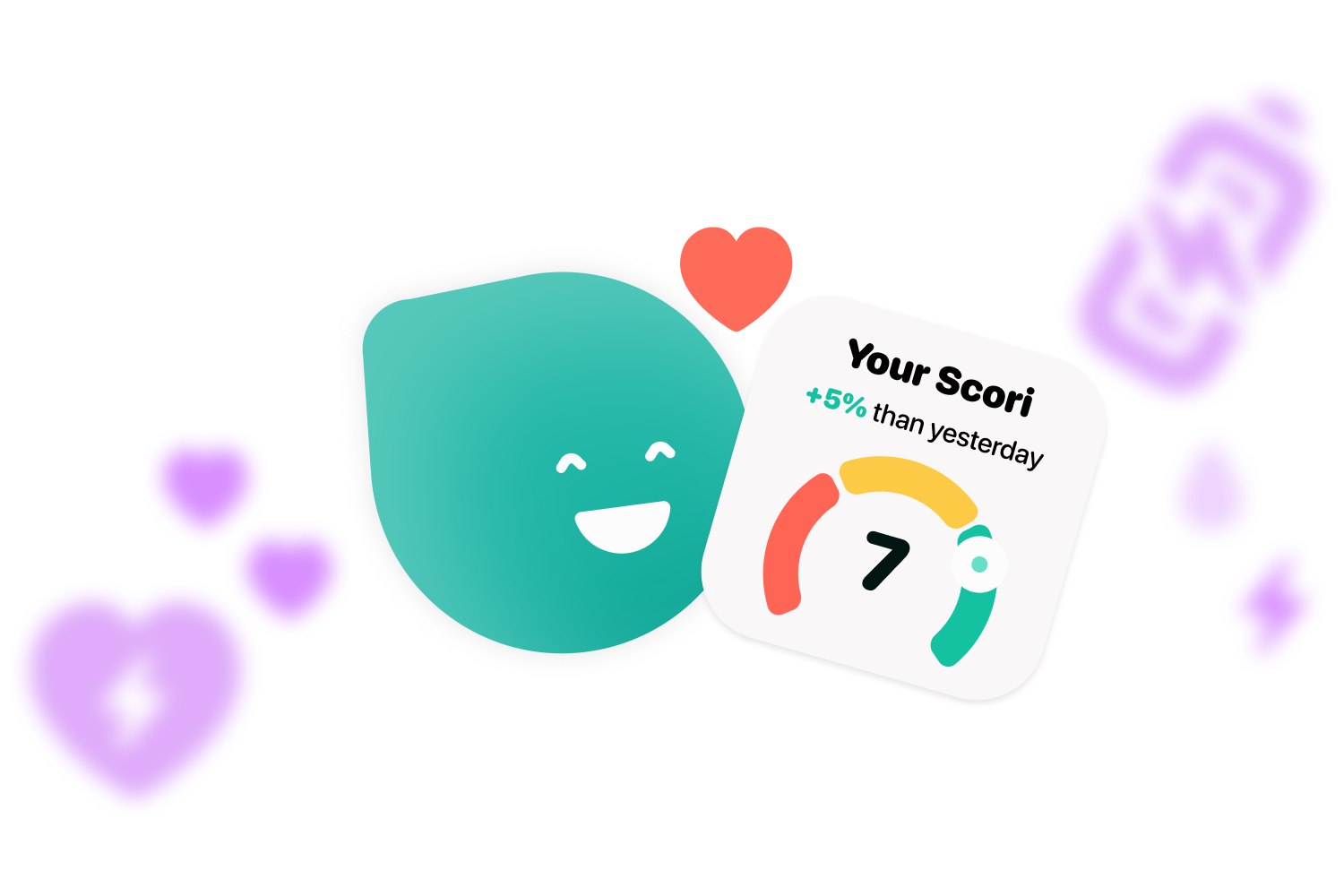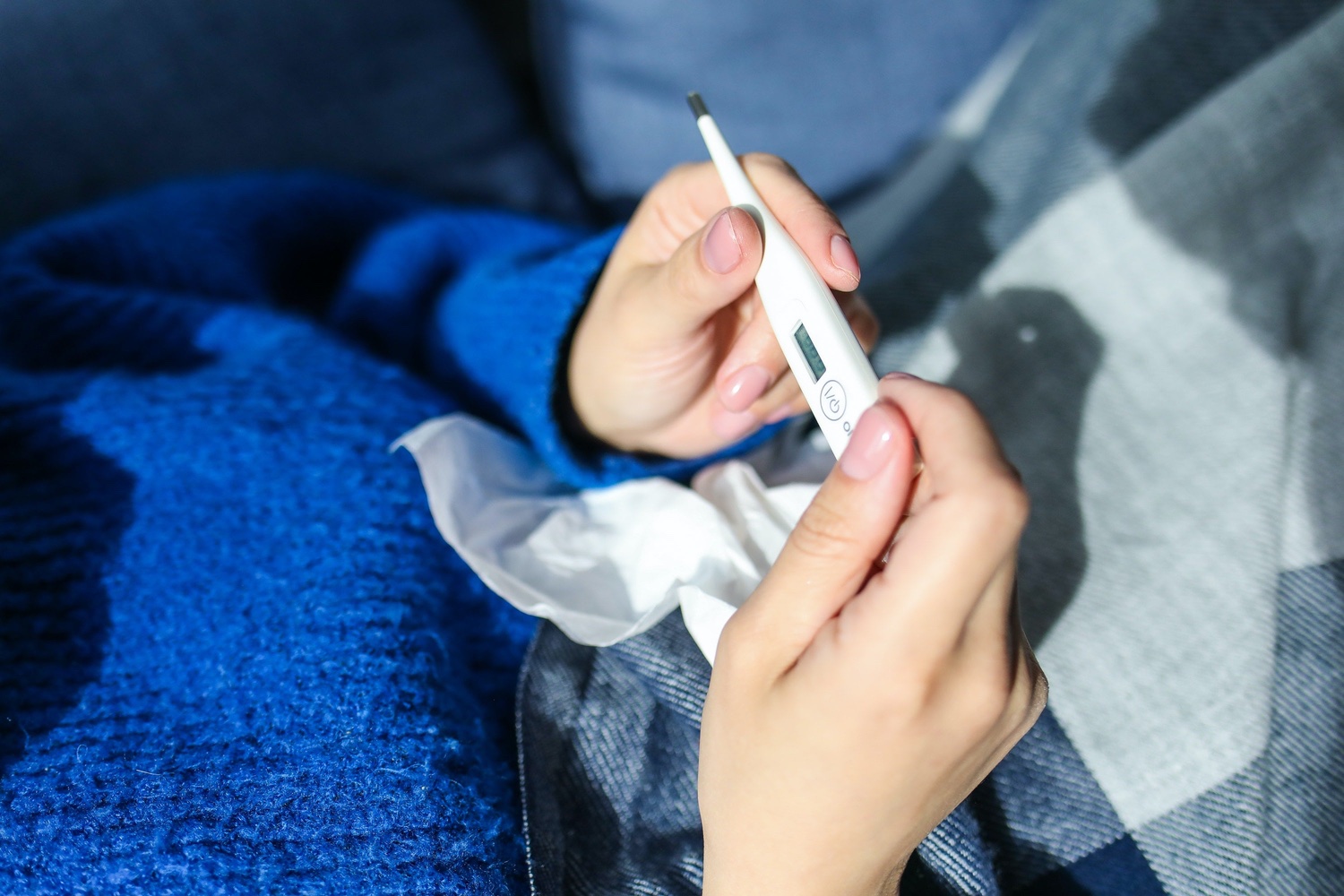Have you just made your debut and you love playing soccer? Don’t worry, this article explains how you can play soccer with diabetes.
Football or soccer, call it what you will. We’re talking about the world’s most popular sport. It is estimated that around half of the world’s population follows this sport that rotates all around a ball. If you are one of those fans who plays matches and also watches them and you have just been diagnosed with diabetes and do not know what to do, this article will be of immense help to you if you want to know how to play soccer with diabetes.
Can I play soccer if I have diabetes?

Many people think that, with a diabetes diagnosis, the sport has to go away. But, in fact, it’ s just the opposite! Sport is one of the essential parts of the life of a person with diabetes, because it helps you stay healthy and active, as well as helping you regulate your blood glucose levels and also your long-term medication.
So even if you have been diagnosed with diabetes, you can still play soccer without any problem. In addition, it is a sport based mostly on running, which is an aerobic activity. These kinds of activities are the ones that are most recommended for people with diabetes, since their intensity is moderate and they last for a long period of time.
Sportsmen such as Nacho Fernández, Real Madrid’s number 6, or Sergi Samper, ex-player of FC Barcelona and current player of the Japanese Vissel Kobe, have made their history of diabetes public and have encouraged other players not to give up. Fernandez highlights that, for him, diabetes has brought more care and routines, but he is able to compete at the same level as his teammates.
For that purpose, it is important to continuously monitor and pay special attention to blood glucose levels to avoid surprises. But, if you still don’t know how to organize yourself or you find it hard to create routines and remember to write down your meals, assistants like Cori will be of great help in these tasks.

Become a diabadass!
Join our weekly newsletter and learn
all the tips and tricks.
People with diabetes are especially vulnerable to the dangers of colds and the flu, but there are things you can do to control your symptoms and avoid getting sick in the first place. You may maintain your health even when you’re feeling under the weather by constantly monitoring your blood sugar levels, staying hydrated, getting enough of rest, and adhering to your diabetes management plan. Additionally, you may lower your risk of getting sick and safeguard yourself from any problems by maintaining proper cleanliness, being vaccinated, and generally maintaining good health. Make sure to discuss any worries you may have with your healthcare team for advice and support if you have diabetes and are worried about managing colds and the flu.
5 tips for playing soccer with diabetes

Have you been encouraged to play soccer with diabetes after what you’ve read? If the answer is yes, here are some tips below that will help you train safely, especially during the very beginning. Remember that diabetes is not a certain science, so the most important thing is that you get to know your body little by little.
Let your coach, team and referees know
It is important that, in case of possible emergencies, both your coach and team know that you have diabetes and learn how they should react. In addition, at games, it will also be important to tell the referees.
Regulate your medication and diet
The first step is always to go to your endocrinologist. He or she will adjust the medication you take to the effort you are going to make and will suggest a diet that will help you to make it easier.
If you feel any symptoms, it is better to stop
If at any time during the training you feel any malaise, the best thing to do is to stop, measure your levels and, if necessary, do not restart the activity.
Take everything you need to play soccer with diabetes
Apart from your training equipment, it is recommended that you always carry with you fast-absorbing carbohydrates, your medication and water to keep you hydrated during training. This will make things easier in case of hypoglycemia.
Don’t forget to measure yourself and enjoy it
When you play a game or practice, measure yourself before, during and after to know how the sport affects your body and to know if your levels are adequate to exercise. Also, it’s very important to remember that even though diabetes is a bit of a challenge, it doesn’t stop you from enjoying it, so have fun.
What can I do to prevent the sensor from coming off while training?

If you don’t know what you can do to prevent the sensor from coming off, here are a few options that may help you.
- Fixatives: Fixatives, either in spray or liquid, are applied before putting the sensor on and improve its adherence to the skin.
- External sprays: In this case, the spray is applied after the sensor is placed and creates a protective layer.
- Adhesive tapes: For contact sports, adhesive tapes covering the sensor would be the most appropriate. You have all kinds: hypoallergenic adhesive tape, adhesive bandages, adhesive bandages…
- A combination of the above: If you prefer prevention to cure and want to have extra security, try combining the options!
If you liked this article about soccer with diabetes, you can’t miss our social media: Instagram, Twitter, Facebook or LinkedIn.




